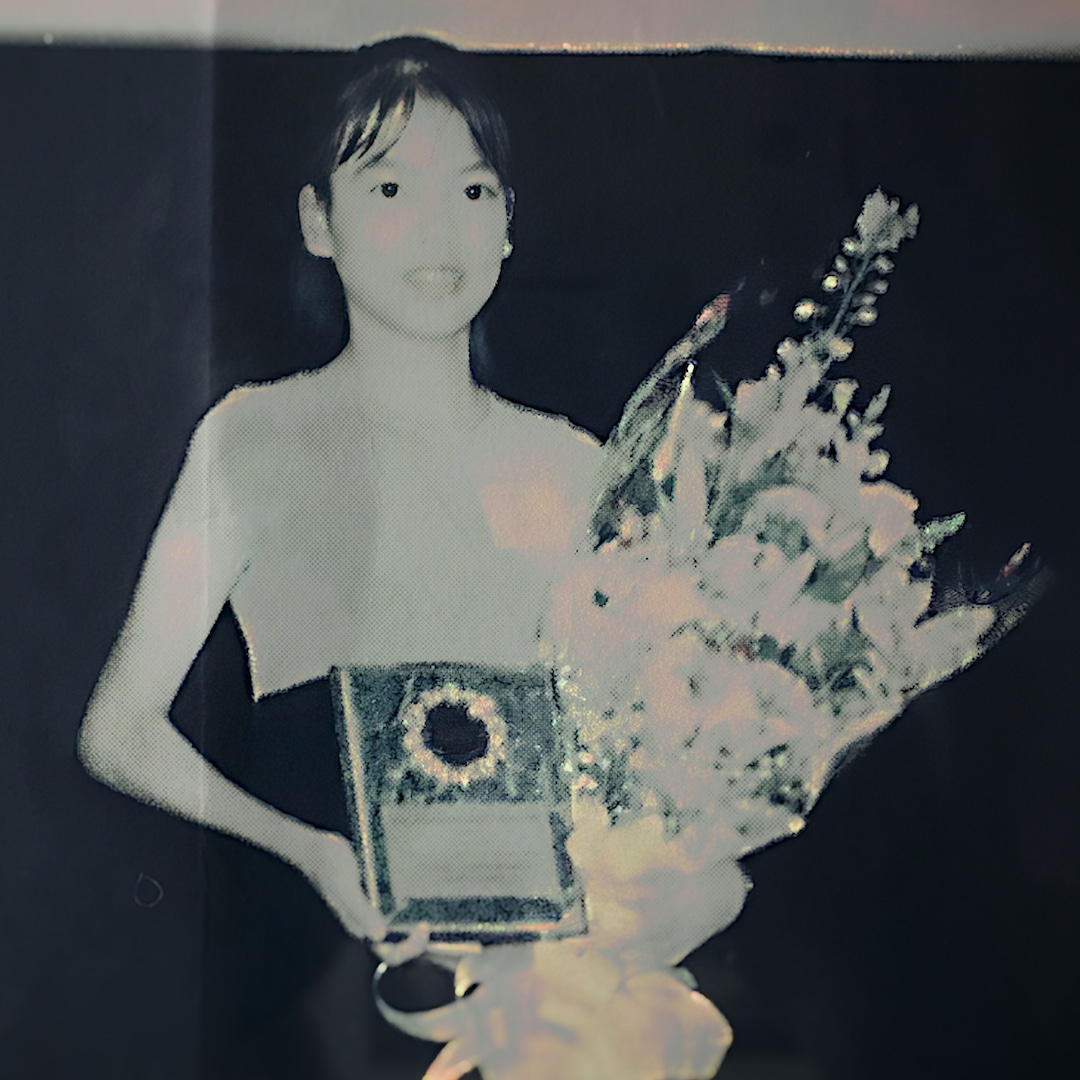Culture
Gayle McKinney-Griffith, Dance Theater of Harlem Star, Dies at 74

When Gayle McKinney-Griffith was an aspiring ballerina auditioning for Juilliard in the late 1960s, her excitement was tempered by a daunting realization.
“When you walk into a room and you’re the only Black person there,” she later said, “you right away develop this persona that is protective but also standing strong. You’re used to thinking two things at once: ‘Yes, I’m the only Black person here,’ and ‘Yes, let’s do this.’”
That attitude not only helped her gain admittance to the elite arts institution; it also carried her through a nine-year career as a founding member of Dance Theater of Harlem, the groundbreaking New York troupe that provided overdue opportunities and international acclaim to Black ballet performers.
As was the case with many dancers with the company in the early years, Ms. McKinney-Griffith’s accomplishments faded over time, and her death on Oct. 11 was not widely reported. She died of cancer at 74 at her home in Quaker Hill, Conn., her daughter, Khadija T. Griffith, said.
Ms. McKinney-Griffith’s stay at Juilliard turned out to be brief. She left the school in 1968 to join Arthur Mitchell, the first African American principal dancer at New York City Ballet and a global star, to join the daring new troupe he was starting with his former instructor, the ballet master Karel Shook.
Ms. McKinney-Griffith served not only as a principal dancer at Dance Theater of Harlem but also as the company’s first ballet mistress. In that position, now known as rehearsal director, she was Mr. Mitchell’s top lieutenant, responsible for running rehearsals, coaching dancers on choreography, helping with casting and other tasks.
Her Juilliard training proved invaluable.
“In those early days, Arthur Mitchell needed really well-trained dancers,” Virginia Johnson, a founding member of the company, said in an interview. “And she was that dancer. She had the technique and line to step into George Balanchine’s ‘Concerto Barocco’ with no question.”
Ms. Johnson added: “Her dancing had a transcendent quality. She was musical and meticulous the way classical ballet requires.”
Ms. McKinney-Griffith toured the country and the world and performed for countless luminaries, including Stevie Wonder, Mick Jagger and Queen Elizabeth the Queen Mother.
But her legacy would not last — a point made clear in the book “The Swans of Harlem: Five Black Ballerinas, Fifty Years of Sisterhood, and Their Reclamation of a Groundbreaking History,” by Karen Valby, which was published last month.
“The Swans of Harlem” recounts the triumphs of Ms. McKinney-Griffith and her Dance Theater of Harlem colleagues Lydia Abarca-Mitchell, Sheila Rohan, Karlya Shelton-Benjamin and Marcia Sells. It also recounts their disappointments, including being “robbed of laurels upon which they might now be resting,” as Danyel Smith wrote in a recent review in The New York Times, by being consigned to relative obscurity after their years onstage.
As Ms. Johnson put it, “We were like celebrities, but when the company closed, it was as if Dance Theater of Harlem ceased to exist, even in history.” (Dance Theater of Harlem went on hiatus in 2004 because of financial challenges and reopened in 2012.)
In 2015, when Misty Copeland became the first Black principal dancer at American Ballet Theater, the news media often portrayed her as if she were the first star Black ballerina, Ms. Johnson said. “People took that to heart, as if there had been no Lydia Abarca, no Gail McKinney; as if all the people who danced with us and Mitchell for 20 or 30 years had not existed.”
Gayle Dunkin McKinney was born on Aug. 26, 1949, in Harlem, the daughter of Harold McKinney, a draftsman, and Millicent (Herndon) McKinney, a supervisor of telephone operators.
When Gayle was 5, she and the family moved to a Colonial house on several acres in Quaker Hill, in eastern Connecticut north of New London, when her father took a job at the submarine manufacturing company Electric Boat.
She started taking ballet lessons at Carnegie Hall when she was 3, and when she was about 10 she was performing the “Four Swans” variation in “Swan Lake,” according to Ms. Valby.
She furthered her training in the American Dance Festival at Connecticut College in New London. She was accepted at Juilliard after graduating from nearby Waterford High School in 1967.
Despite the prestige of being admitted to the Manhattan school, all was not easy there. As Ms. Valby wrote, Juilliard initially steered Ms. McKinney-Griffith toward the modern dance program even though she had a lengthy ballet résumé. School officials told her in private, she said, that they believed it was the best direction for her, since she would never find a spot with a professional ballet company because of her race.
Distraught, she began to wonder why she was even attending the school. Little wonder that when she heard that Mr. Mitchell was starting a company, she was thrilled to have a chance to join.
She wangled an audition, and, after she demonstrated her pirouettes to Mr. Mitchell, he handed her a note that read: “Go learn this dance. We’re rehearsing the first movement of ‘Tones’ tomorrow.” (“Tones” was a new ballet by the company.)
Ms. McKinney-Griffith remained with Dance Theater of Harlem until 1977, when she was hired by the choreographer Louis Johnson to coach the dancers — including Diana Ross, Nipsey Russell and Michael Jackson — for the elaborately choreographed numbers in Sidney Lumet’s 1978 film version of the Broadway hit “The Wiz,” an exuberant Black retelling of “The Wizard of Oz.”
“Like you had to teach Michael anything,” she was quoted as saying in Ms. Valby’s book. “He knew those steps yesterday! I felt so stupid just doing these little ‘Ease on down, ease on down’ moves. How embarrassing!”
In 1979, she accepted an invitation to perform in a production of the musical “Show Boat” in Berlin. She remained in Berlin for the bulk of three decades, teaching dance in several German cities as well as in Austria, Switzerland and Italy. In the 1990s, she joined the faculty of Indiana University South Bend. She taught there for three years and helped create a dance department.
In addition to her daughter, Ms. McKinney-Griffith is survived by a son, Don Griffith II, and a grandson.
She continued to choreograph and dance through the 1990s, and she never lost the thrill of the opening moments before an audience. As she recalled in an interview with Ms. Valby, she would knock on the stage three times for luck before each performance.
“It’s like there’s an energy curtain,” she said. “And then you break through. It’s so powerful, because that’s when you break from your stress. No more training. No more pressure. You show your gift.”





















